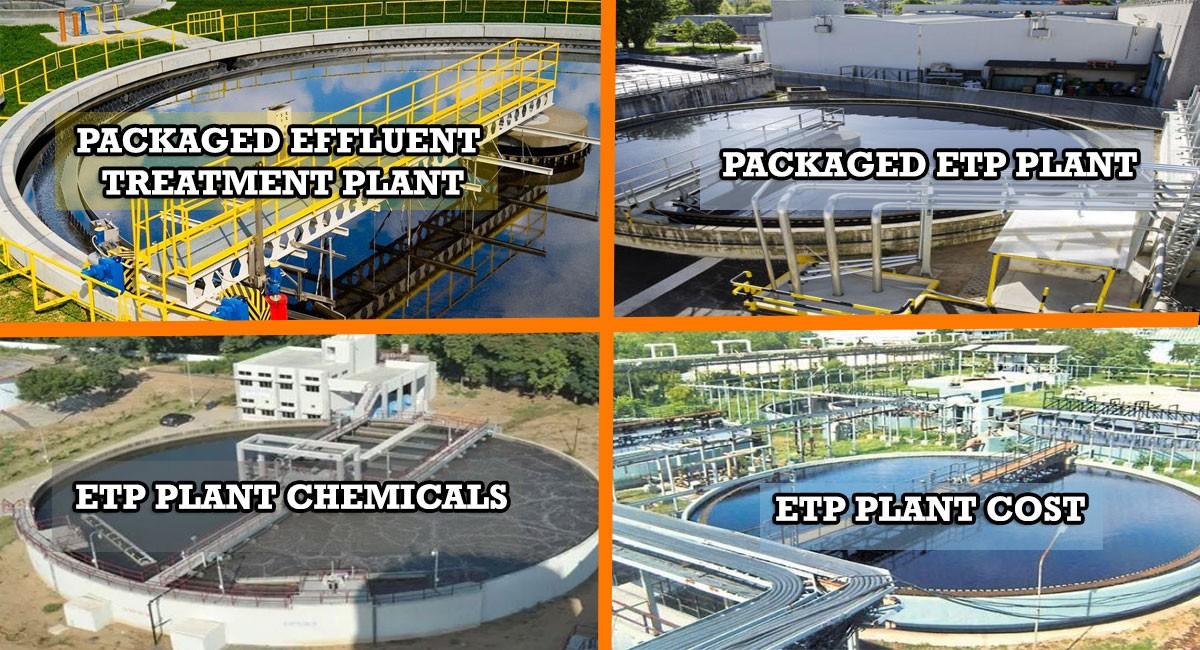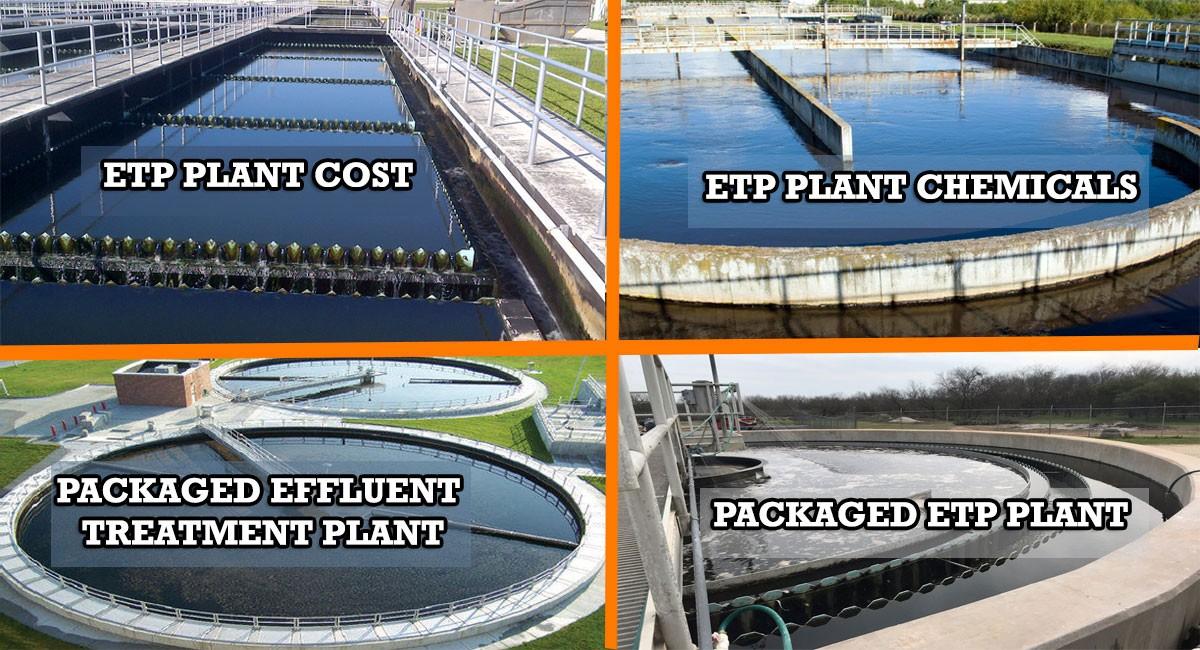

EFFLUENT TREATMENT PLANT
ETP filters wastewater produced from households and industry and the treatment cycle brings about reusable clean water and helps with saving water and our planet. The wastewater treatment process is generally founded on the oxygen consuming breath strategy including three phases in particular essential, optional, and tertiary treatment. The water in the ETP is gone through processes like chemical dosing, air circulation, and settling. The last treatment process is filtration cum assimilation that is finished with the assistance of filters. In conclusion, the handled water goes for cutting edge treatment to make the water useable for water system and different purposes.



ADVANTAGES OF EFFLUENT TREATMENT PLANT:
Effluent Treatment Plant is a strategy for treating industrial wastewater with the goal that it very well might be reused or securely discarded in different waterways. Reusing:
Numerous businesses utilize a lot of water consistently. This water becomes tainted because of its utilization.
The effluent treatment plant guarantees that spent water is handled so that it very well might be reused, considering water reusing.
Disposes of potential diseases:
To kill such pollutants, wastewater is separated before it leaves the tank and enters the ground.
This sifting system keeps microorganisms through of water sources and away from plants and agricultural animals.
Saves Money:
This treatment helps with the decrease of superfluous water acquisition costs. Therefore, it is a somewhat modest and cost-effective treatment.
Effluent water treatment systems can get by for as long as 10 years if appropriately maintained. They are an exceptionally cost-effective method of water treatment.




